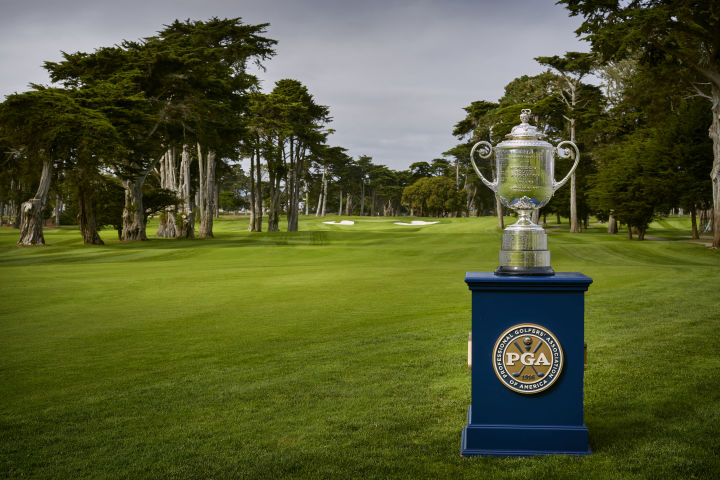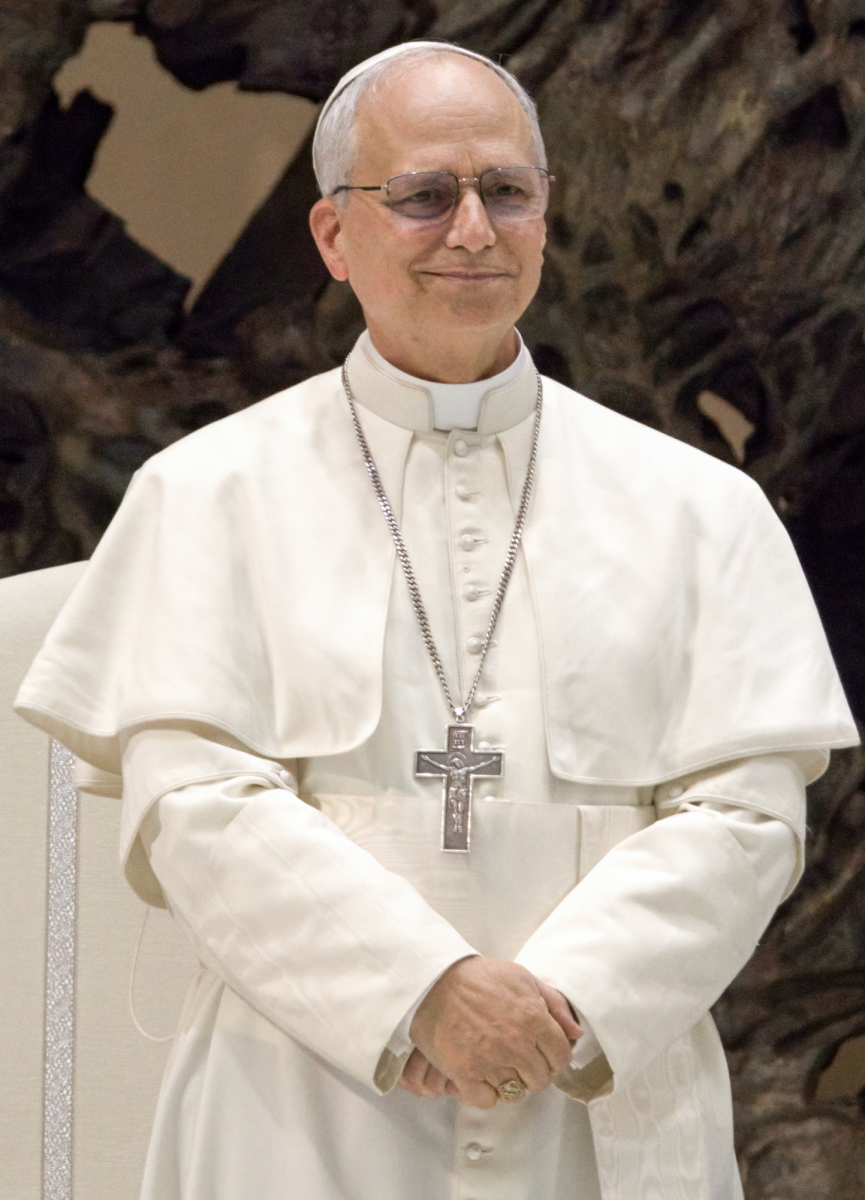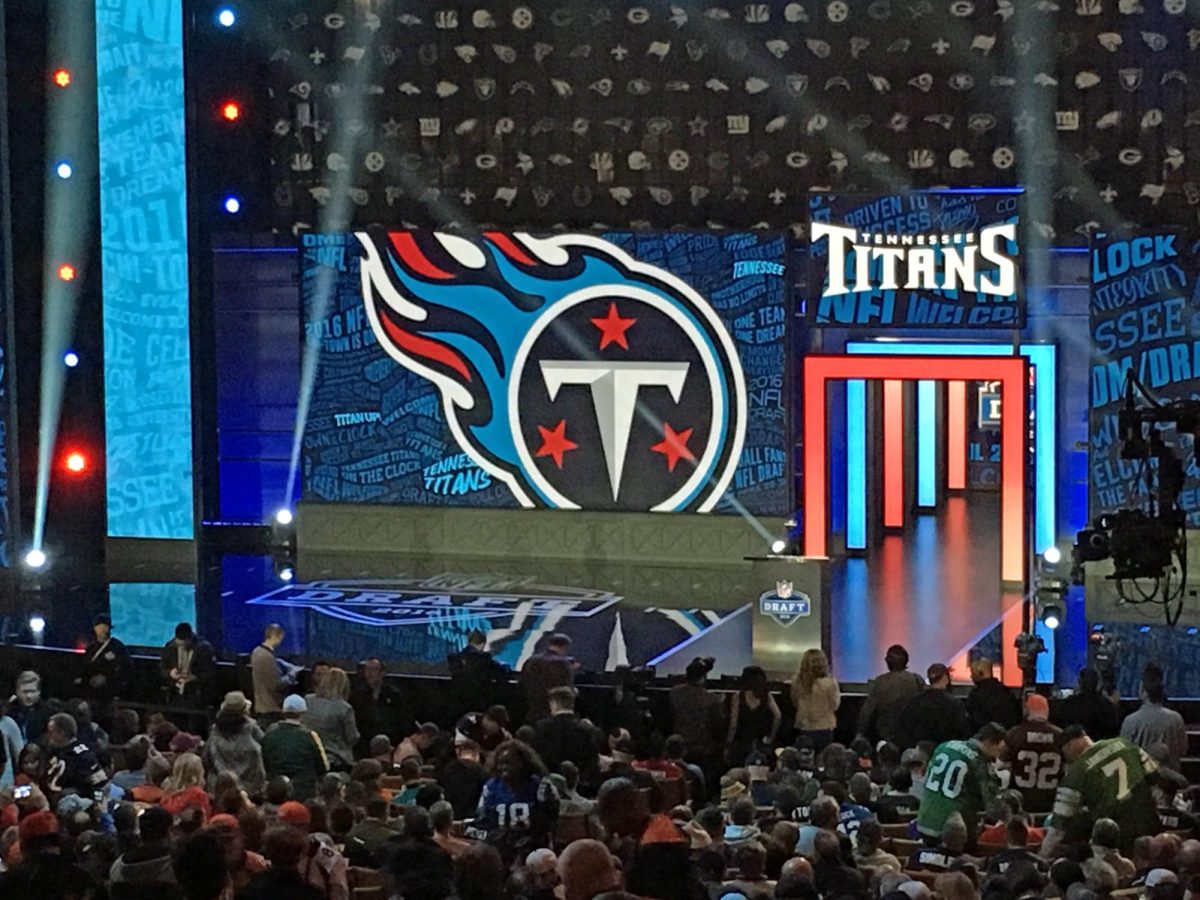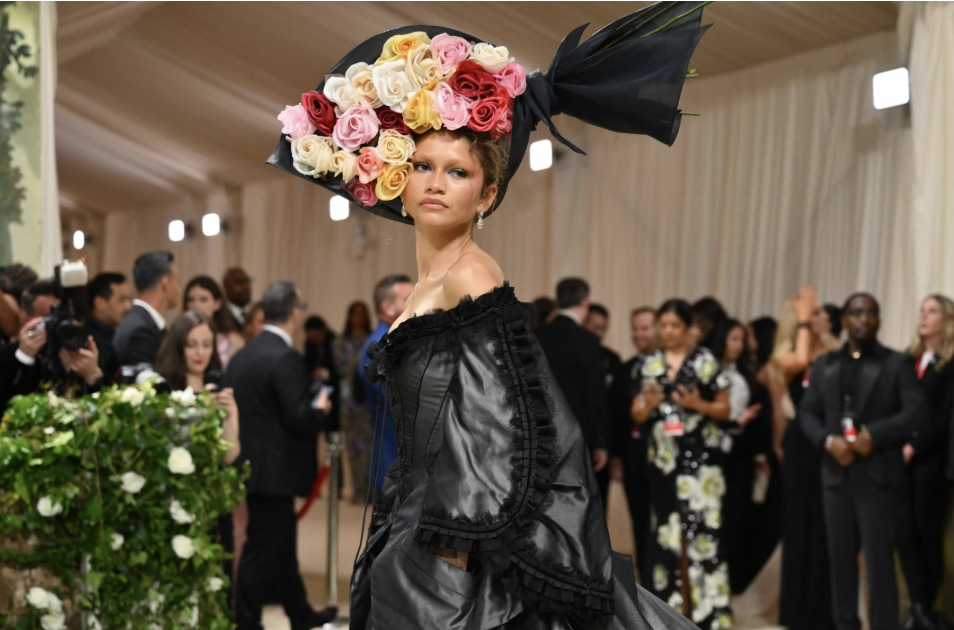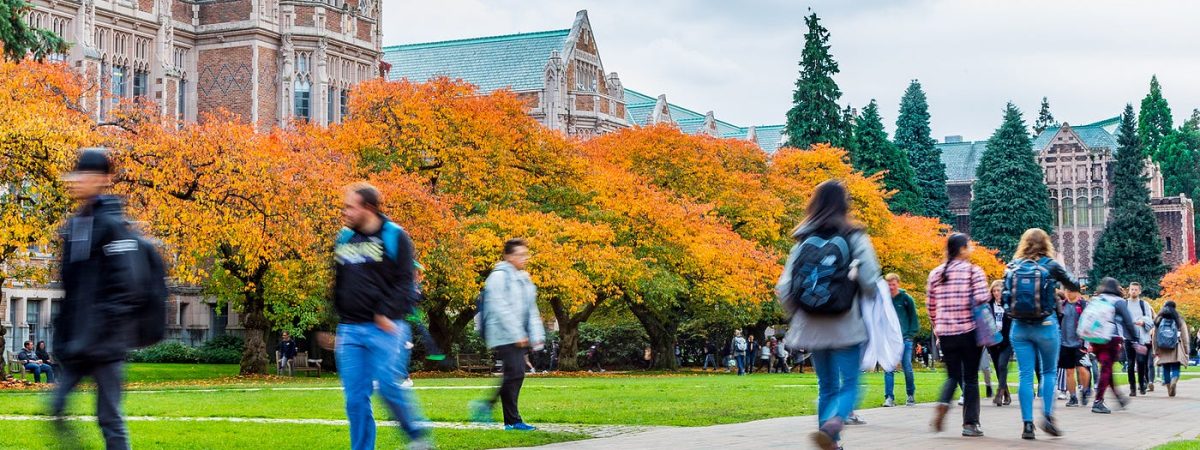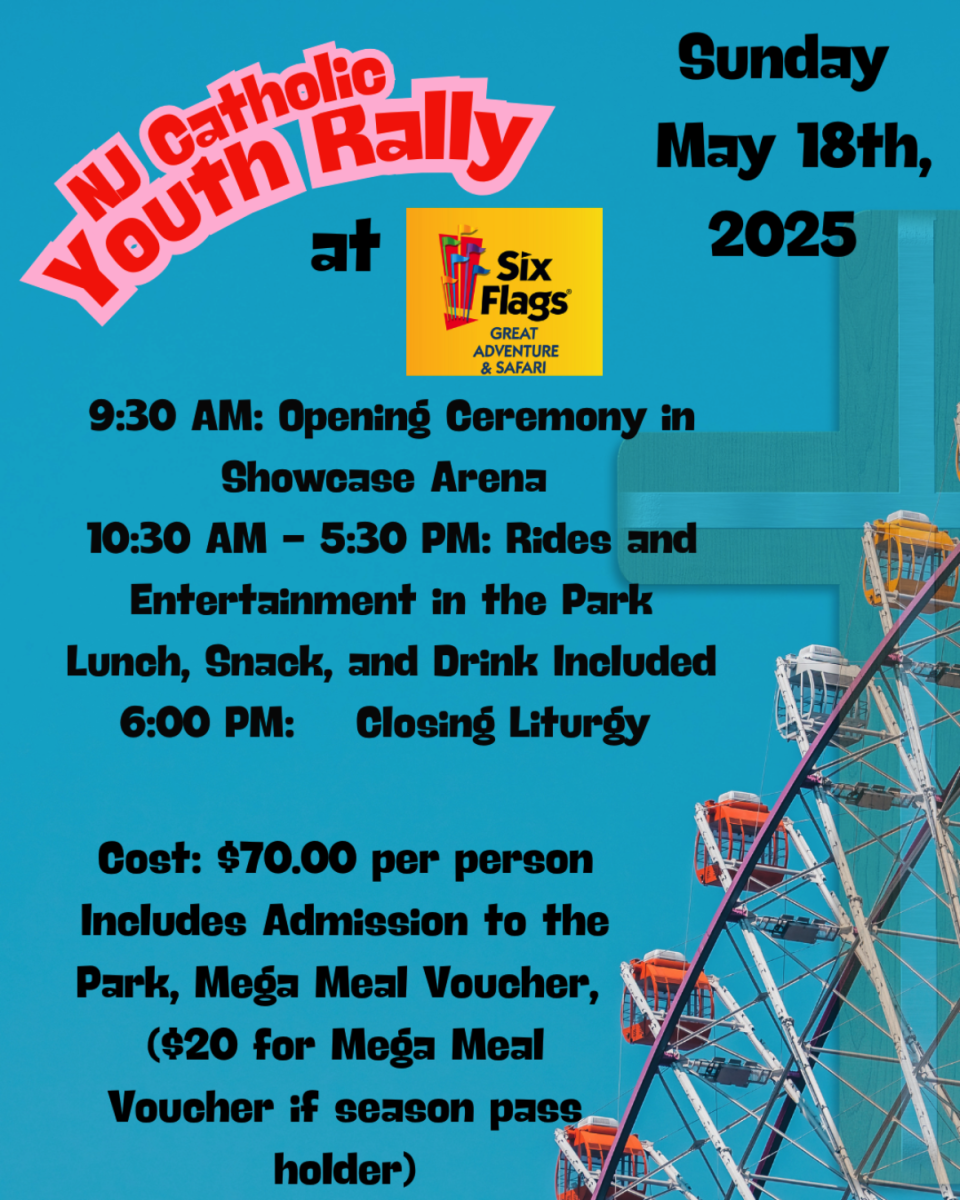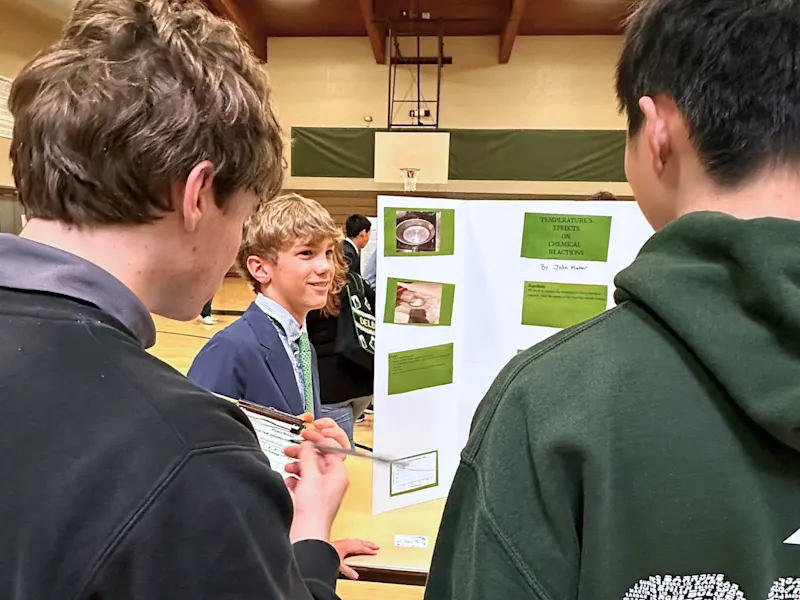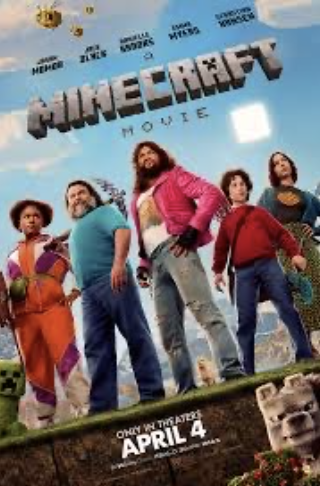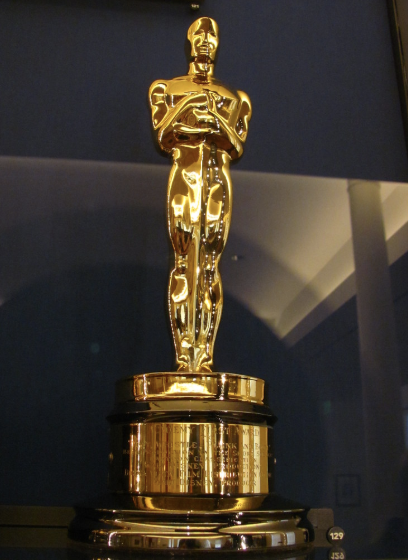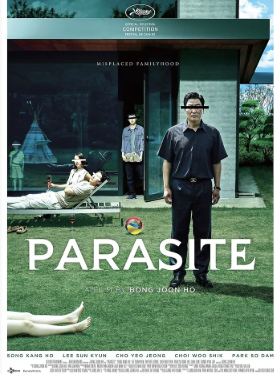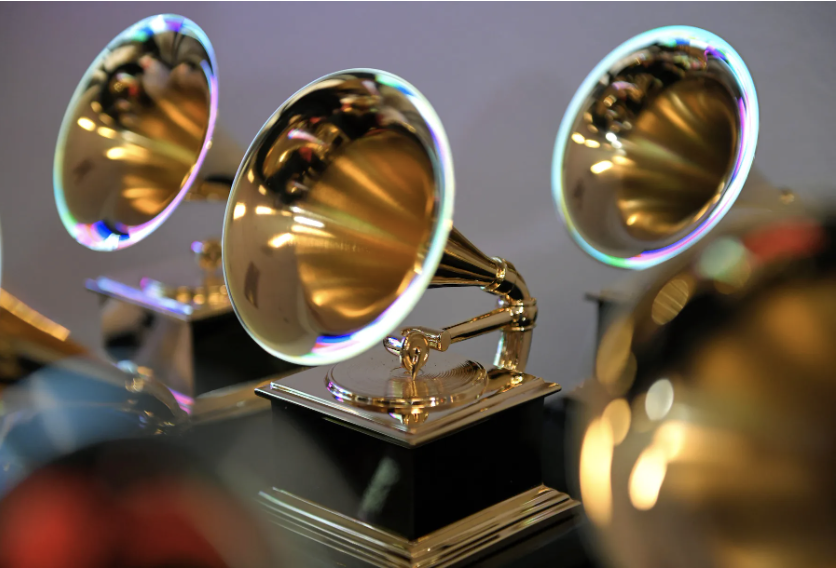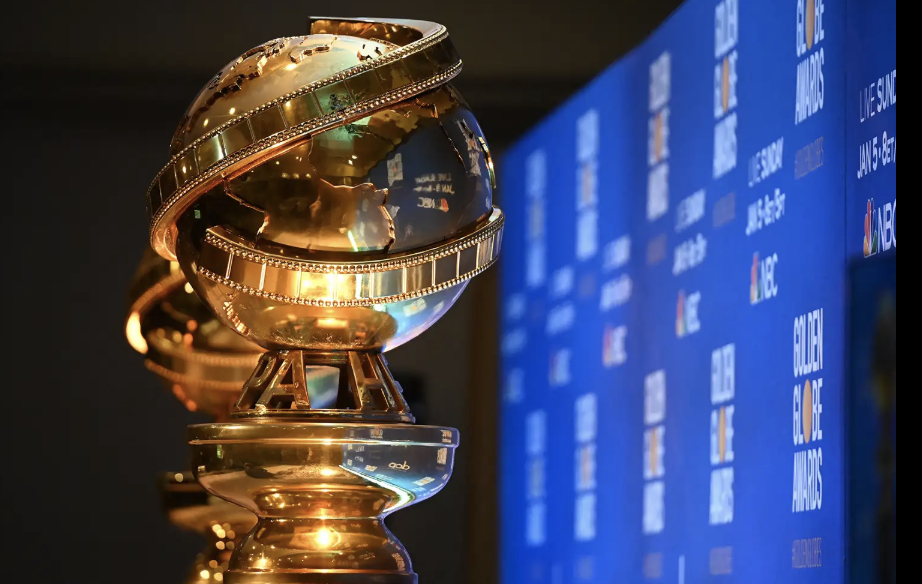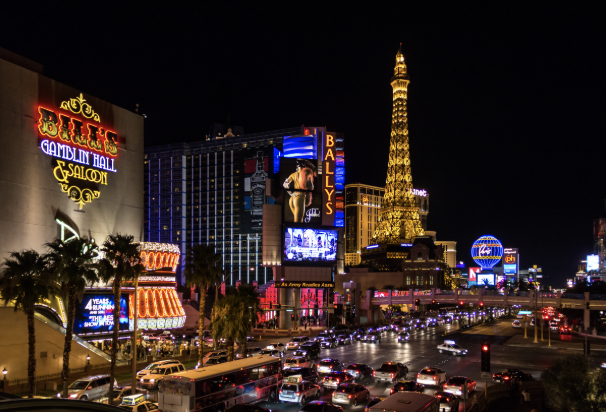A Bit of Halloween History
October 20, 2016
Cool nights, candy corn, costumes and creatures that go bump in the night. These are some of the images we typically associate with Halloween. As a holiday, Halloween has morphed from a serious and somber ritual into an orgy of sweets, celebrations and silliness.
Based on the ancient Celtic festival of Samhain, modern Halloween celebrations involve the idea of spirits and ghost of the past manifesting themselves in our modern world. As the seasons change from the bounty of the harvest season to the barren and bleak winter (and possible starvation) the ancients would don costumes and light bonfires to ward off evil spirits and roaming ghosts. At the Autumnal Equinox (when dark and light are of equal duration) the wall separating this world and the nether world was thought to be very thin and spirits crossing into our dimension (and the other way around) was considered possible and even likely, under the right circumstances.
As Christianity supplanted paganism in Europe, the Celtic Samhain was transfigured into All Hallows’ Eve (All Saints’ Eve), and overtime, through repetition and dialect, “Halloween”. Pope Gregory III designated November 1 as All Saints’ Day in the 8th century as a way of honoring the prominent (and dead) exemplars of churchly behavior. Pope Gregory hoped to speed the conversion of the pagans by teaching them new lessons about the saints (known and unknown), but permitted them to retain many of their earlier traditions. Thus, All Saints’ Day has become a significant date in the Christian calendar and today tradition compels all Delbarton students to wear jacket and tie on that day.
Early American settlers (i.e. Puritans) had little use for the pagan/heathen holiday and, having broken from the “Old Church” paid little attention to All Hallows’ Eve. It was not until the Great Potato Famine of the mid-1800’s forced many Celts (now called “Irish”) to revive the custom of costumes on our shores. Due to over-crowded port cities, the bonfires of old were down-sized into the glowing jack-o-lanterns popular today. “Trick or Treating” likely grew from the old Irish tradition of “souling” where the poor went from door to door in a town, praying for the souls of that family’s departed in return for a small “soul cake” to eat.
But as with everything in America, big business got involved. Profits in the billions of dollars annually are reaped from mass- produced costumes of all varieties and tastes, copious mountains of candy and ghoulish galas. Twenty-first century commercialism has come to dominate this formerly somber seasonal segue. However, let the poet remind us,
“All houses wherein men have lived and died
Are haunted houses. Through open doors
The harmless phantoms on their errands glide,
With feet that make no sound upon the floors.”
(Haunted Houses, H.W. Longfellow)

